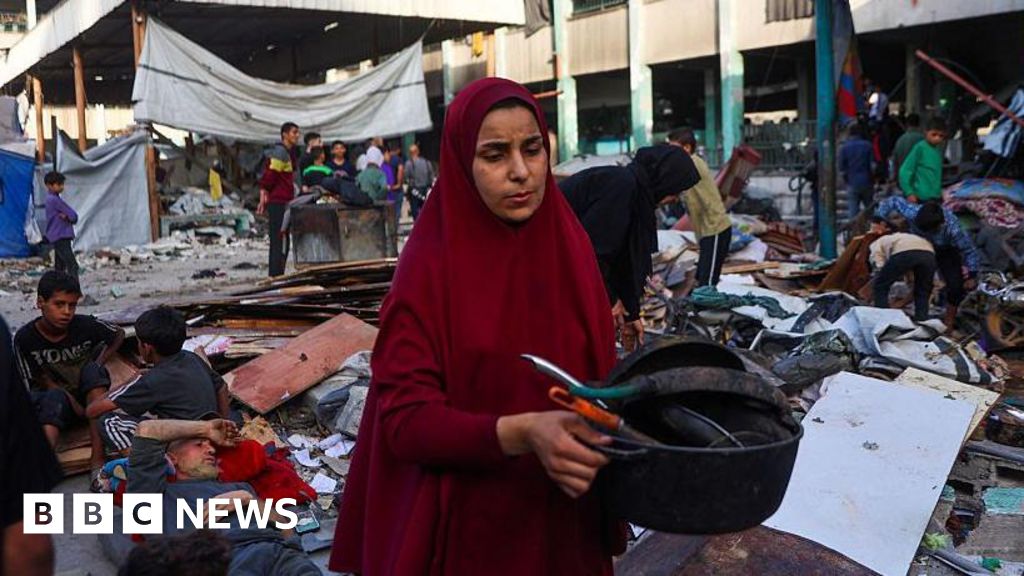India Greenlights Stealth Fighter Program: Escalating Arms Race with Pakistan?

New Delhi, India – In a significant move signaling a deepening defense strategy, India's Defence Minister has formally approved the foundational framework for the development and production of the nation's most sophisticated stealth fighter jet. This announcement, released by the Ministry of Defence on Tuesday, arrives amidst heightened tensions and a burgeoning arms race with neighboring Pakistan, particularly following recent military clashes.
The decision to pursue this ambitious project underscores India's commitment to bolstering its air power and maintaining a strategic advantage in the region. The stealth fighter, currently unnamed, represents a considerable technological leap for the Indian Air Force (IAF), promising enhanced capabilities in air-to-air combat, ground attack, and reconnaissance missions. Details regarding the aircraft’s specifications, including engine type, radar systems, and armaments, remain closely guarded, but industry analysts suggest a focus on indigenous development and integration of advanced technologies.
Context of Rising Tensions
The timing of this announcement is particularly noteworthy, occurring just weeks after a tense military standoff between India and Pakistan. While both nations have engaged in diplomatic efforts to de-escalate the situation, the underlying tensions persist. The ongoing arms race, characterized by both countries acquiring advanced weaponry, is a source of concern for regional stability. Pakistan, a long-time rival of India, has also been actively modernizing its military, including the acquisition of advanced fighter jets and missile systems.
Indigenous Development & Strategic Implications
India's push for indigenous defense production is a key driver behind the stealth fighter program. By developing the aircraft domestically, India aims to reduce its reliance on foreign suppliers, strengthen its technological self-sufficiency, and create high-skilled jobs within the country. This aligns with Prime Minister Modi's 'Make in India' initiative, which encourages domestic manufacturing across various sectors.
Military experts believe the stealth fighter will significantly enhance India’s ability to project power in the Indian Ocean region and beyond. Its advanced stealth capabilities will allow it to penetrate enemy airspace undetected, providing a crucial advantage in potential conflicts. The program is expected to spur further investment in aerospace technology and related industries within India.
Challenges Ahead
The development and production of a stealth fighter is a complex and expensive undertaking. India faces several challenges, including securing advanced technologies, managing costs, and ensuring timely delivery. Collaboration with international partners is likely to be crucial, although India is keen to maintain a significant degree of control over the program. The project is expected to span over a decade and require substantial financial investment.
Looking Ahead
The approval of the stealth fighter program marks a pivotal moment in India’s defense modernization efforts. While the road ahead is fraught with challenges, the potential benefits – enhanced national security, technological advancement, and economic growth – are considerable. The program’s success will be closely watched by regional powers and international observers alike, as it could reshape the balance of power in South Asia. The ongoing arms race between India and Pakistan is likely to continue, with both nations striving to maintain a credible deterrent against potential threats.






